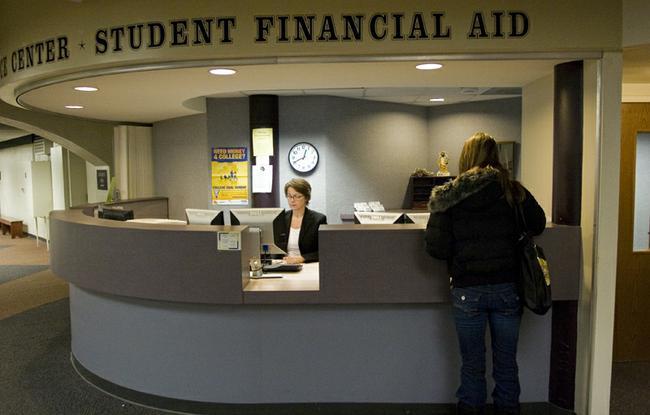
Students are becoming more concerned about their finances after the UM System Board of Curators decided to increase tuition, especially those who receive any type of student loan aid.
MU freshman Brandon Weiss said his only backup plan for the money he will have to pay back is his MU degree.
“I hope my MU degree will give me a good enough job to pay back my loan,” he said.
According to Institute of Education Science, during the 2009-10 school year, about 53 percent of incoming freshmen nationwide received student loans. This was when the in-state tuition was $522 more and the out-of-state tuition was $2,226 more than this year’s tuition, based on 12 credits hour per semester.
The proportion of 2010 graduates with debt was 56 percent, according to the National Project on Student Debt.
Now with the jump in tuition beginning summer 2012, the percentage of students who receive any kind of student loan and the percentage of students with debt upon graduation might be more than those of 2010.
Missouri Department of Higher Education spokeswoman Kathryn Love said increases in tuition will likely make student debt go up in proportion to tuition and other student costs.
Love said in spite of increases in tuition, it is unlikely that more funds will be available for state student financial aid in the next budget year. She said the chances for increases in funds for higher education would still remain if Missouri general revenue increases.
“Funds available for student financial aid and support for institutions of higher education come from Missouri general revenue,” she said.
According to the data given by InflationData.com, the average college costs in the nation has increased by 498.31 percent since 1985.
Love said she still believes college education will ultimately bring a financial advantage.
“Students with only a high school diploma are three times more likely to live in poverty than college graduates and eight times more likely to depend on public assistance programs,” she said. “College graduates’ employment rose 2 percent between the first quarter of 2007 and the first quarter of 2010 despite the recession, according to the Christian Science Monitor.”
Although there have been two consecutive jumps in the tuitions for MU, students are generally having less of a tuition burden than the average U.S. college student.
According to the National Project on Student Debt, an average student loan debt for 2010 MU graduate was $22,145, which is below the state ($22,601) and national ($25,250) averages.
Student Financial Aid Interim Director Nick Prewett said MU has an Office for Financial Success, which works with a lot of students to develop budgets and make sure students understand the impact of loan repayment, and it also handles the debt when students graduate.
He said since the federal student loan limit has not increased in a few years, which has a direct correlation with increased student debt, he does not anticipate an increase in tuition leading to an increase of student debt.
Regarding those students who are concerned about the burden of tuition, Love suggests a way to get out of financial problems.
“We encourage students to ‘live like a student now, so you won’t have to later,'” she said, “In other words, live on a budget and don’t borrow more than you need.”